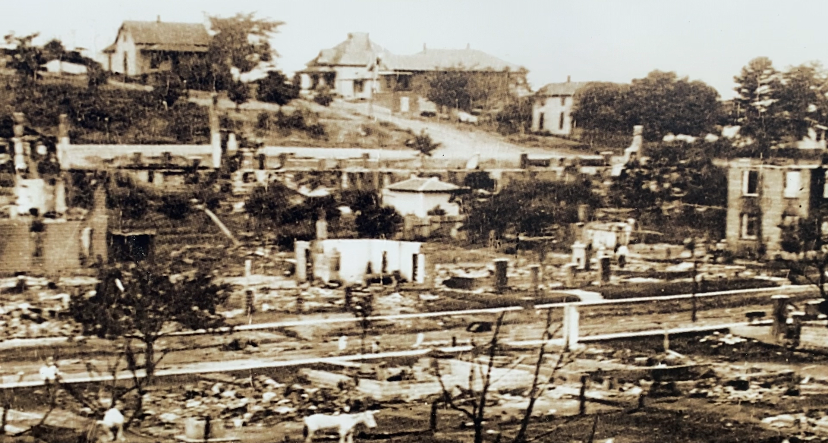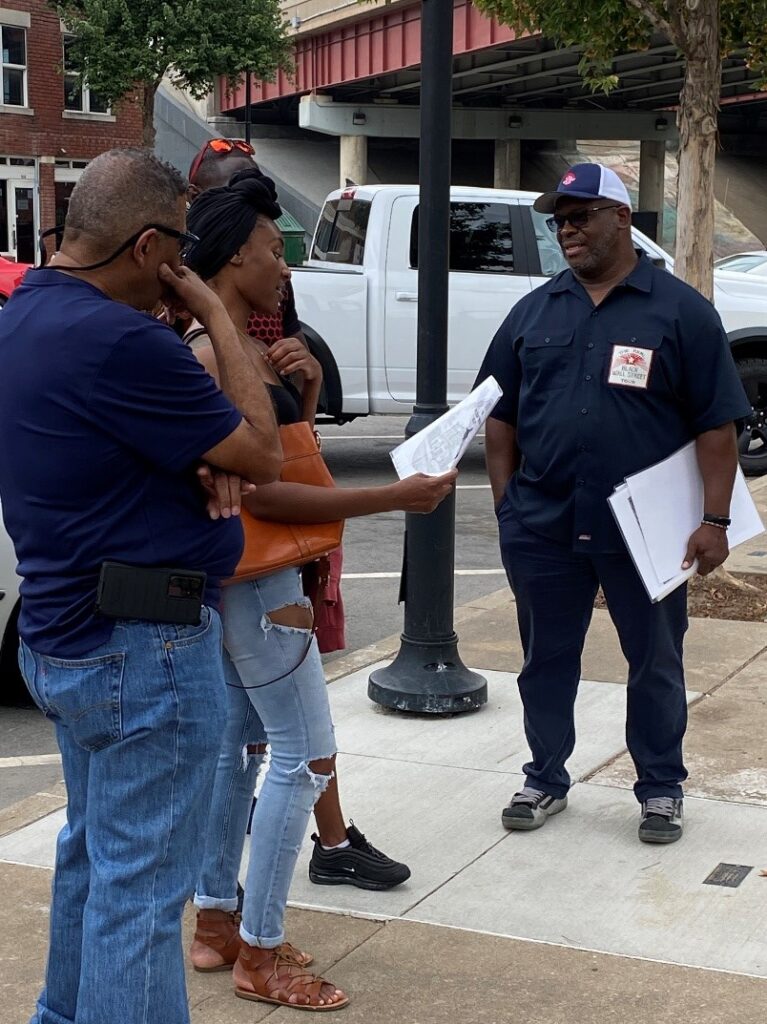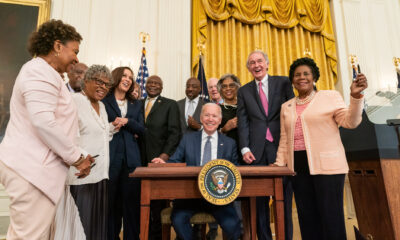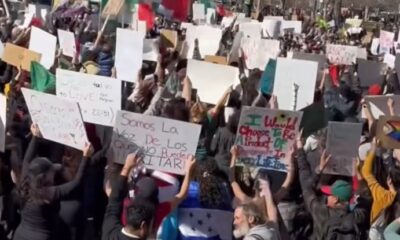Featured
With More Possible Remains From The Tulsa Massacre Found, Some Ask If The City Can Investigate Itself

A recent search for the remains of victims of the Tulsa Massacre turned up 21 additional coffins found in graves that were unmarked in Oaklawn Cemetery.
According to the city, the graves of two children and two adults were found Nov. 1, and days before that discovery, 17 adult-size graves were located. The coffins and the remains will be examined as investigators look for correlations between their findings and reports from witnesses of the 1921 massacre indicating Black men murdered in the massacre had been buried in plain caskets.
Members of the Mass Graves Oversight Committee have concerns.
“It’s a good thing that we’re finding them,” says committee member Kristi Williams. “My concern is, ‘What we do after finding them.’”
Williams and other members are upset with the city, and their growing dissatisfaction can be traced to the 2021 discovery of a body with a gunshot wound.
She explains, “It seems like once they found the bullet casing – when that happened – the communication stopped. They said they were going to rebury the remains. We voted not to rebury. And they [still] did it.”
The search for remains began in 2020 and used ground-penetrating radar to discover nearly three dozen coffins of victims killed during the massacre. DNA testing began with two sets of remains providing enough DNA to begin a genealogy profile.

Chief Amasun is also a member of the oversight committee. And he gives tours of the area also known as the Greenwood District or Black Wall Street where the victims were killed by a violent white mob during a two-day rampage which started on May 31, 1921.
The prominent African American district was populated by stately homes and lucrative businesses, and an angry white mob leveled it during the violence. As many as 300 men, women and children were killed after a Black man was accused of assaulting a white woman who worked who was an elevator operator. White business leaders and members of law enforcement were part of the mob. Black families horrified by the destruction fled, and many of the victims were reportedly buried in mass graves.
Amasun’s familial ties explain his dedication to preserving the facts and their relevance in American history.
“I am the descendant of Raymond Beard, Sr. and Marion Matthew Beard,” adds Amasun. “Their home was right here … everything was destroyed at 524 North Greenwood. People look at this and see destruction. I see the loss of generational wealth, the loss of ancestral connection to the land … the loss of memory because they didn’t teach us this in school. I didn’t find out about the massacre until 1997. I didn’t know my family even survived the massacre until 2001.”
The massacre forced many Black residents from the area and left them homeless. Generational wealth was lost. A lawsuit seeking reparations has been filed by the three known survivors who are now more than 100 years old.
Amasun questions, “How do you destroy a place that I call Wakanda?” “This was the mecca … how do you erase that from history, how do you erase it from people’s minds?”
With the investigation into the remains ongoing, Williams asks, “How can we trust the city of Tulsa that played a huge role in the 1921 Tulsa Race Massacre to investigate itself?”

-

 Featured10 months ago
Featured10 months agoCalifornia Is the First State to Create A Public Alert for Missing Black Youth
-

 Featured10 months ago
Featured10 months agoAfrican American Leaders Stay the Course Amid Calls for President Biden To Bow Out of Race
-

 Featured10 months ago
Featured10 months agoThe Debate Fallout Lands on Both Candidates
-

 Featured9 months ago
Featured9 months agoPresident Joe Biden Decides to Withdraw from the Presidential Race
-

 Featured9 months ago
Featured9 months agoIn One of His Final Speeches as President, Biden Says It’s Time for ‘Fresh Voices’
-

 Featured9 months ago
Featured9 months agoPresident Joe Biden Describes Shooting of Donald Trump As ‘Sick’









